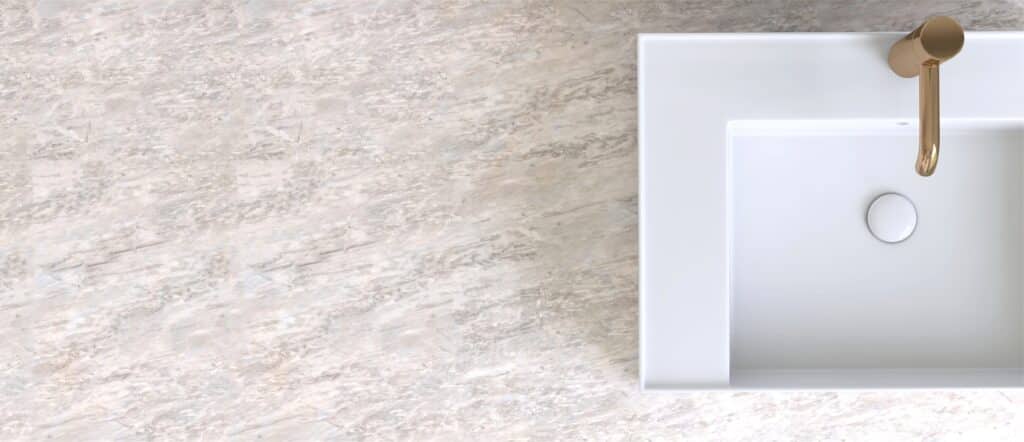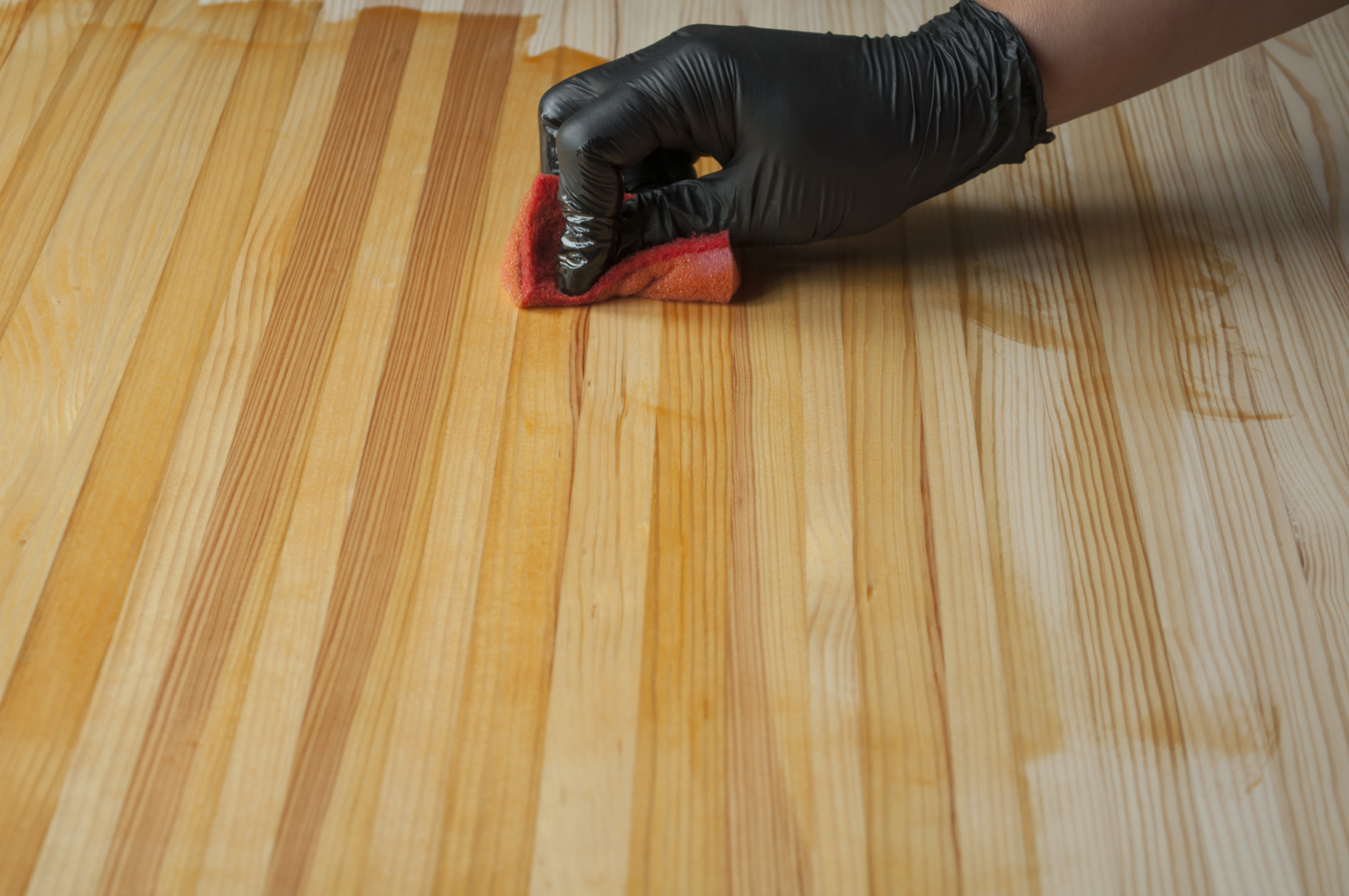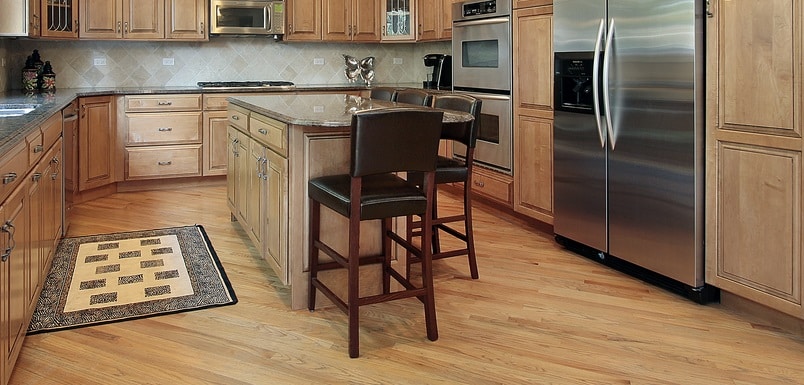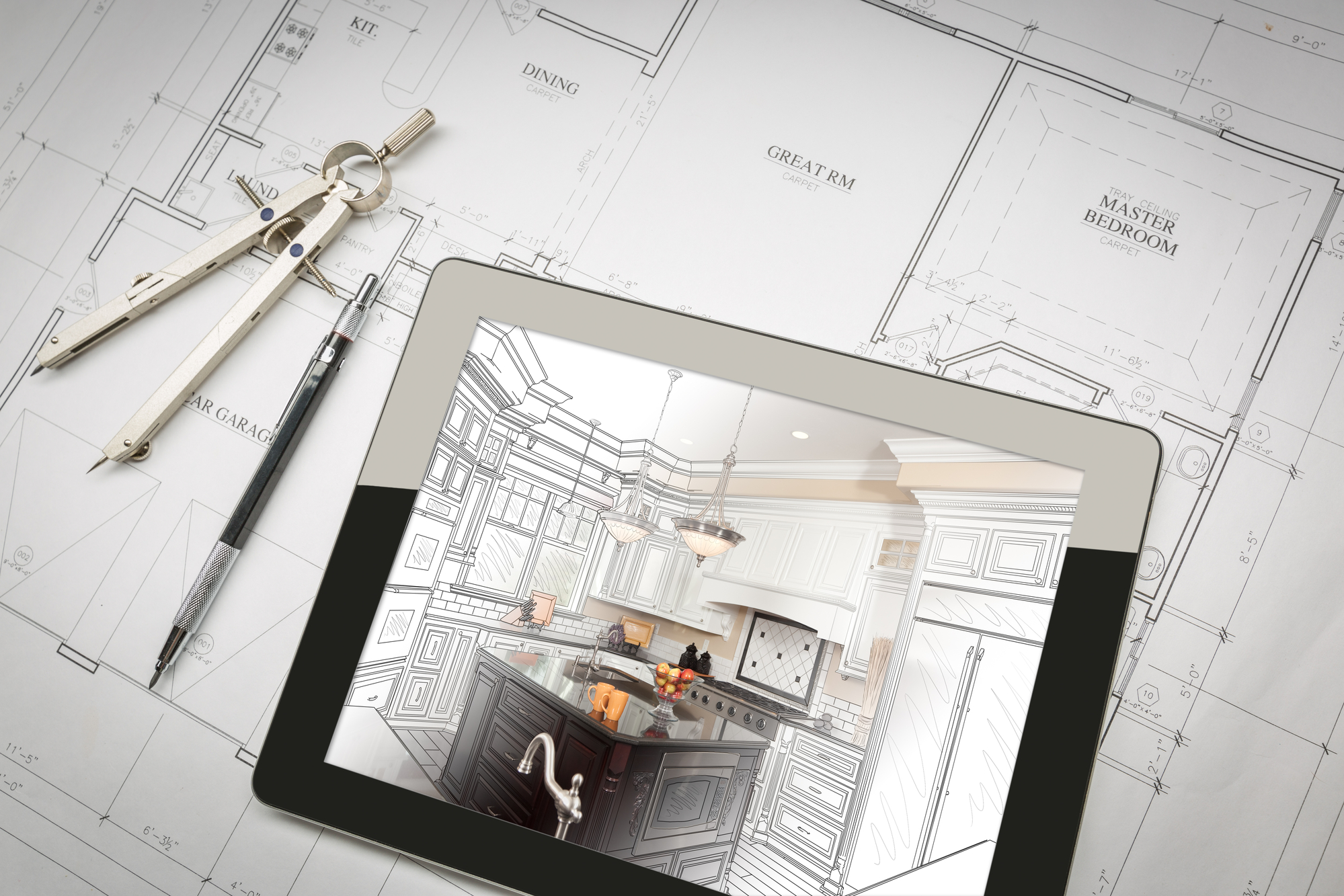Transform Your Home with Waterproof Vinyl Flooring August 26, 2024· by helium_seo Hardwood flooring has long been a favorite choice for homeowners
Read More →Upgrade Your Home with Beautiful Ceramic Tile Flooring

Ceramic tile flooring has been a popular choice for homeowners for centuries, offering a timeless beauty and durability that few other flooring materials can match. With a wide variety of styles, colors, and patterns available, ceramic tiles can elevate the look of any room in your home.
In the coming sections, we’ll explore the advantages of ceramic tile flooring and guide you through the process of selecting, installing, and maintaining this beautiful and long-lasting flooring option.
Types of Ceramic Tile Flooring
When it comes to ceramic floor tiles, there are three main types to consider:
- Glazed Ceramic Tiles: These tiles feature a protective layer of liquid glass that is baked onto the surface, creating a durable, stain-resistant, and easy-to-clean finish. Glazed tiles come in a wide range of colors, patterns, and designs, making them a popular choice for both residential and commercial spaces.
- Unglazed Ceramic Tiles: Unlike their glazed counterparts, unglazed ceramic tiles do not have a protective coating. This gives them a more natural, earthy look and feel. Unglazed tiles are often used in outdoor spaces or high-traffic areas, as they offer excellent slip resistance and durability.
- Porcelain Tiles: Porcelain tiles are a type of ceramic tile that is made from finer, denser clays and fired at higher temperatures. This results in a harder, more durable, and less porous tile that is resistant to moisture, stains, and wear. Durable porcelain tiles are an ideal choice for high-moisture areas like bathrooms and kitchens and high-traffic spaces like entryways and living rooms.
With so many options available, it can be overwhelming to choose the right type of ceramic tile for your home. Consulting with expert design professionals can help you navigate the selection process and ensure that you choose the best tiles for your specific needs and preferences.
For more information, read our guide on tile flooring.
Benefits of Ceramic Tile Flooring
Ceramic tile flooring offers a range of benefits that make it an attractive choice for many homeowners:
- Durability and Longevity: Ceramic tiles are incredibly durable and can last for decades with proper care and maintenance. They are resistant to scratches, dents, and cracks, making them an ideal choice for high-traffic areas and homes with pets or children.
- Easy Maintenance and Cleaning: Ceramic tiles are easy to clean and maintain, requiring only regular sweeping, mopping, and occasional deep cleaning to keep them looking their best. Unlike carpets or hardwood floors, ceramic tiles do not absorb stains or odors, making them a hygienic, low-maintenance flooring option.
- Water and Moisture Resistance: Ceramic tiles are naturally resistant to water and moisture, making them an excellent choice for areas like bathrooms, kitchens, and laundry rooms. When properly sealed and maintained, ceramic tiles can help prevent water damage and mold growth in your home.
- Hypoallergenic Properties: Ceramic tiles are an ideal flooring choice for individuals with allergies or respiratory issues, as they do not harbor dust, pollen, or other allergens. This makes it easier to keep clean and maintain a healthy indoor environment.
- Versatility in Design and Style: With a wide range of colors, patterns, and textures available, ceramic tiles offer endless design possibilities. Whether you prefer a classic, traditional look or a modern, contemporary aesthetic, there is a ceramic tile option to suit your style and taste.
Factors to Consider When Choosing Ceramic Tile Flooring
When selecting ceramic tile flooring for your home, there are several key factors to consider:
- Room Type and Traffic Level: Consider the purpose and traffic level of the room where you plan to install ceramic tiles. High-traffic areas like entryways, kitchens, and living rooms may require more durable and slip-resistant tiles, while lower-traffic spaces like bedrooms and home offices can accommodate a wider range of styles and textures.
- Tile Size, Shape, and Color: Ceramic tiles come in a variety of sizes, shapes, and colors, allowing you to create unique and personalized designs. Larger tiles can make a small room feel more spacious, while smaller tiles can add visual interest and texture. Consider the overall style and color scheme of your home when selecting tile colors and patterns.
- Grout Color and Width: The color and width of your grout lines can have a significant impact on the final look of your ceramic tile flooring. Wider grout lines can create a more rustic or traditional look, while narrower lines can give a sleek, modern appearance. Choose a grout color that complements your tile selection and enhances the overall design.
- Slip Resistance and Texture: If you plan to install ceramic tiles in areas prone to moisture, such as bathrooms or kitchens, consider selecting tiles with a textured or matte finish to improve slip resistance. This can help prevent accidents and ensure a safer environment for your family.
Taking the time to carefully consider these factors will help you make an informed decision when selecting ceramic tile flooring for your home.
Installation Process
Installing ceramic tile flooring requires careful planning and execution to ensure a successful and long-lasting result. While some homeowners may be tempted to take on the installation process themselves, it’s important to consider hiring a professional if you don’t have the necessary skills, tools, or experience.
Professional installers offering design services can help you select the perfect residential floor tiles for your space and ensure that the installation is done correctly, saving you time, money, and resources in the long run.
Here are the key steps involved in the installation process:
- Subfloor Preparation: Before installing ceramic tiles, it’s essential to ensure that your subfloor is clean, dry, and level. Any cracks, holes, or unevenness should be repaired or filled to create a stable base for your tiles.
- Layout and Design Planning: Plan your tile layout and design before beginning the installation process. This includes determining the starting point, calculating the number of tiles needed, and making any necessary cuts or adjustments.
- Cutting and Laying Tiles: Using a wet saw or tile cutter, carefully cut your tiles to fit around obstacles or to create custom designs. Apply a layer of thin-set mortar to the subfloor using a notched trowel, and then place your tiles in the desired pattern, using spacers to maintain consistent grout lines.
- Grouting and Sealing: Once your tiles are set and the mortar has cured, apply grout to the spaces between the tiles using a rubber float. Wipe away any excess grout with a damp sponge, and allow the grout to dry completely. Finally, apply a sealer to your tiles and grout lines to protect them from moisture and stains.
This investment in professional installation can ultimately save you from costly mistakes and ensure that you get the most value out of your new ceramic tile flooring.
Maintenance and Care
To keep your ceramic tile flooring looking its best for years to come, follow these simple maintenance and care tips:
- Regular Cleaning and Sweeping: Sweep or vacuum your ceramic tiles regularly to remove dirt, dust, and debris. Mop your tiles with a mild cleaning solution and warm water to keep them clean and hygienic.
- Dealing with Stains and Spills: Clean up any spills or stains immediately to prevent them from setting into your tiles or grout lines. Use a gentle, non-abrasive cleaner and a soft-bristled brush to remove stubborn stains.
- Resealing Grout Lines: To protect your grout lines from moisture and stains, reseal them every 1-2 years using a high-quality grout sealer. This will help maintain the appearance and integrity of your grout over time.
- Repairing or Replacing Damaged Tiles: If a tile becomes cracked, chipped, or damaged, remove the affected tile and replace it with a new one. Be sure to match the size, color, and pattern of the surrounding tiles for a seamless repair.
Following these maintenance and care guidelines ensures that your ceramic tile flooring remains beautiful, durable, and functional for many years, making it a worthwhile investment in your home’s value and aesthetic appeal.
Design Ideas and Inspiration
One of the most exciting aspects of ceramic tile flooring is the opportunity to create unique designs and mosaics. Here are some ideas to inspire your creativity:
- Creating Unique Designs and Mosaics with Tiles: Combine different tile colors, shapes, and sizes to create intricate patterns and mosaics. Use tile cutouts to form borders, medallions, or feature walls that add visual interest and personality to your space.
- Highlight Popular Tile Trends and Styles: Stay up-to-date with the latest ceramic tile trends, such as large-format tiles, wood-look tiles, or patterned encaustic tiles. Incorporate these trendy styles into your design to create a modern and fashionable look.
- Pairing Ceramic Floor Tiles with Matching Wall Tiles: Create a cohesive and seamless look by pairing your ceramic floor tiles with matching wall tiles. This design technique is particularly effective in bathrooms and kitchens, where ceramic subway tiles can be used to create a classic and timeless appearance that complements the flooring.
Get Industry Insight from High Performance Home
If you’re looking for insider insights into the latest innovations in the home industry, look to the High Performance Home blog. On our website, you’ll find topics like exploring the latest in bathroom tile flooring and how to find kitchen tile that complements your home. We track developments in the home industry to keep you updated on what’s to come.
Come visit us online today and stay informed on the cutting-edge trends in home design. Plus, discover our mission to connect stakeholders in the home industry, driving performance and development.
Craving more? See our flooring guide.
Frequently Asked Questions
Can I install ceramic tiles over existing flooring?
In some cases, you can install ceramic tiles over existing flooring, such as vinyl or linoleum. However, it’s essential to ensure the existing flooring is in good condition, level, and properly adhered to the subfloor. It’s always best to consult with a professional installer to determine the best approach for your specific situation.
How long does ceramic tile flooring last?
With proper installation and maintenance, ceramic tile flooring can last for decades. The durability and longevity of ceramic tiles make them a cost-effective and sustainable flooring choice for many homeowners.
Discover High-End Luxury Vinyl Tile Flooring August 26, 2024· by helium_seo When you step into a home with solid hardwood floors, you
Read More →Transforming Your Home with Laminate Flooring August 26, 2024· by helium_seo Engineered hardwood has become increasingly popular among homeowners and contractors alike,
Read More →Incorporating Garage Tile Flooring in Your Home August 26, 2024· by helium_seo Is your home flooring ready for an upgrade? Elevating your
Read More →



